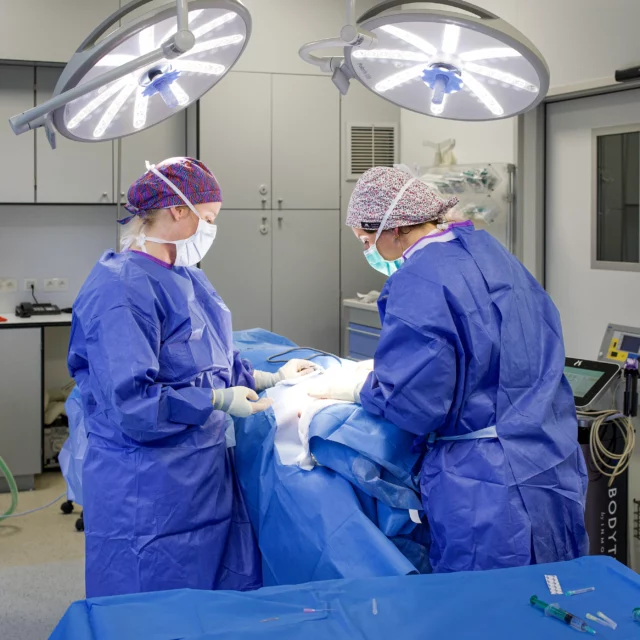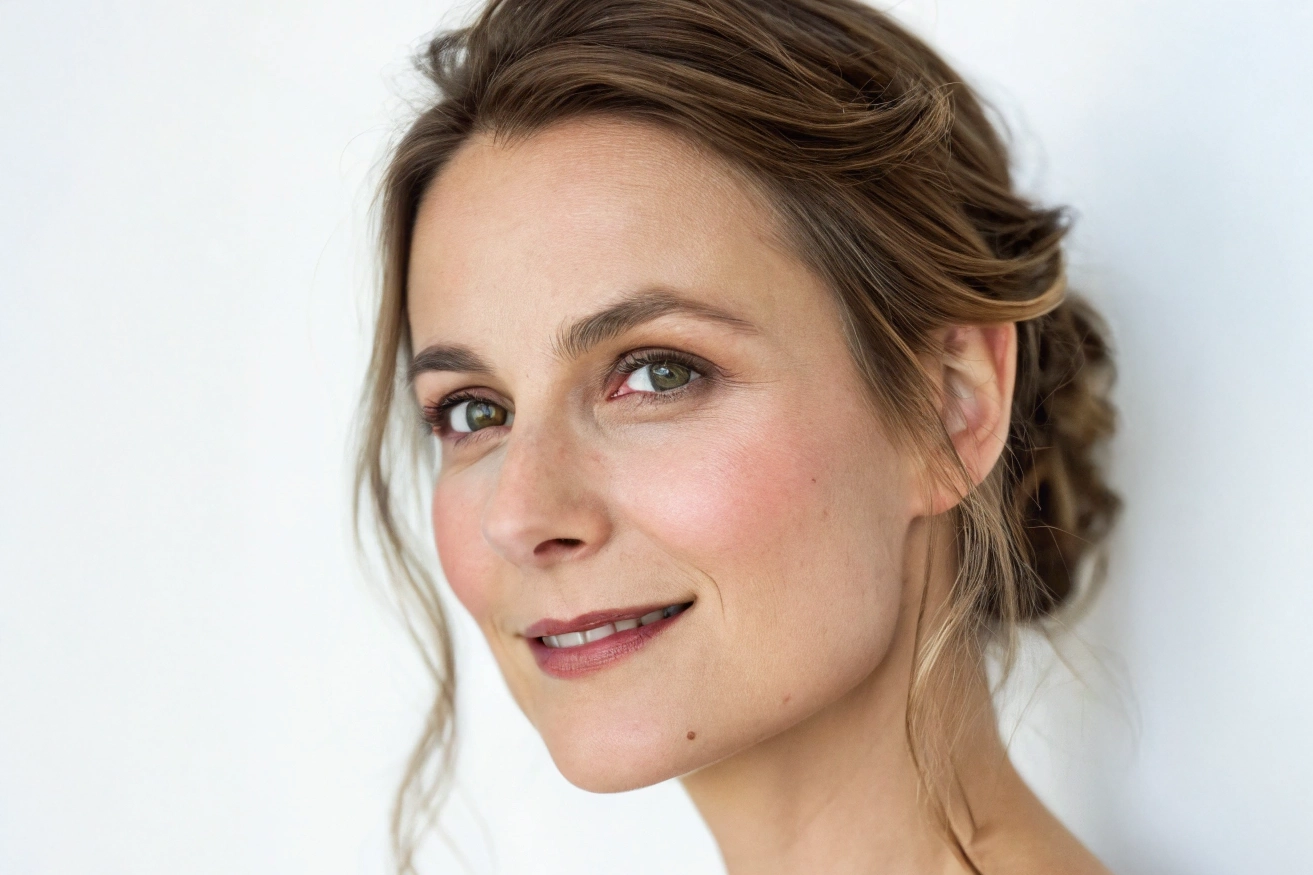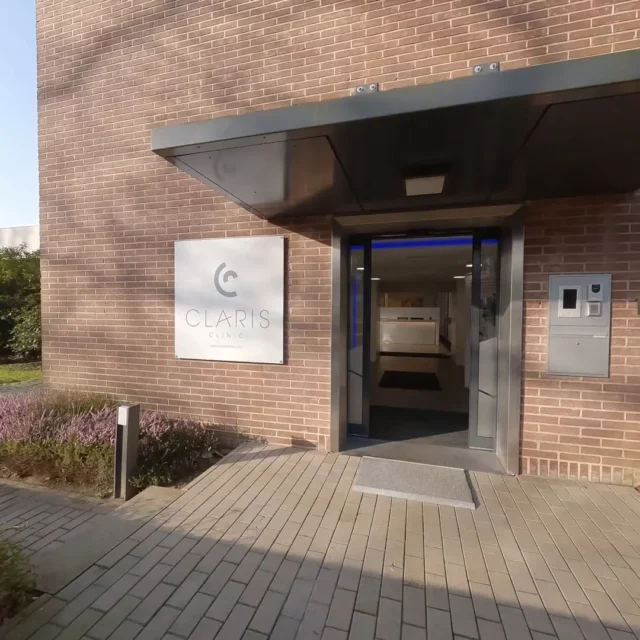What causes facial aging?
Facial aging is an inevitable phenomenon that affects each and every one of us to varying degrees. Over time, skin loses its elasticity, muscles sag and facial volume diminishes, leading to the appearance of wrinkles, fine lines and sagging skin. There are many causes:
- Environmental factors: prolonged exposure to the sun, pollution and other external aggressors can accelerate the skin’s aging process.
- Genetic factors: our genetic heritage plays a role in the way our skin ages.
- Lifestyle: smoking, unbalanced diet, stress and lack of sleep can also contribute to premature skin aging.
Faced with these signs of aging, many people are looking for solutions to regain a fresher, younger appearance. A face and neck lift is an effective surgical solution for reversing these signs. This procedure aims to tighten sagging skin, redefine facial contours and restore a more youthful, revitalized appearance.
By opting for a cervico-facial lift, it is possible to rejuvenate the appearance of the face by several years, restoring self-confidence and well-being.
When should a face and neck lift be considered?
- Age perception: if you often feel that you look older than you feel, a face and neck lift may be the solution to align your outward appearance with your inner vitality.
- Effectiveness of non-surgical treatments: over time, you may find that non-surgical aesthetic treatments such as botulinum toxin, injectable fillers, lasers and skin tightening devices no longer produce the rejuvenating results they once did. This is a sign that you could benefit from a longer-lasting procedure such as a facelift.
- Looking for lasting solutions: if you’re looking for a treatment that offers lasting results to counter the signs of aging, a face and neck lift is an option to consider. Unlike injections, which require regular touch-ups, a facelift offers long-lasting results.
- Self-esteem: the desire to improve your appearance for yourself, rather than to meet the expectations of others, is essential. Considering a facelift is all about feeling better about yourself and boosting your self-confidence.
- State of health: being in good physical and mental health is crucial before considering any surgical procedure. If you meet this criterion and are ready to regain a rejuvenated appearance, a face and neck lift could be the ideal solution for you.
The benefits of a facelift
- Tightens skin and muscles
- Redefines facial and neck contours
- Provides natural rejuvenation
- Long-lasting results over many years
- Boosts self-confidence
- Discreet, well-placed scars
- Customized approach for each patient

Frequently asked questions
What are the limitations of a face and neck lift?
- Skin texture and quality: although a face and neck lift can tighten and smooth the skin, it cannot improve its intrinsic texture or quality. Imperfections such as age spots, fine lines or deep wrinkles require complementary treatments, such as chemical peels, microdermabrasion or laser treatments.
- Overall signs of aging: a facelift primarily targets sagging skin on the face and neck. However, other signs of aging, such as drooping eyelids, forehead wrinkles or bags under the eyes, may require specific procedures such as blepharoplasty or a brow lift.
- Stopping the aging process: although a face and neck lift can momentarily reverse the effects of time and offer a rejuvenated appearance, it cannot stop the natural aging process. Over time, the skin will continue to age, and follow-up procedures or maintenance treatments may be required.
- Underlying facial asymmetry: if a person has natural facial asymmetry, a facelift will not significantly correct this. It is essential to discuss realistic expectations of results with the plastic surgeon.
- Substitute for a healthy lifestyle: a face and neck lift improves appearance, but does not replace the benefits of a healthy lifestyle. A balanced diet, regular sun protection and abstention from smoking are essential to maintaining healthy skin and prolonging facelift results.
What are the risks associated with facelifts?
- Post-operative infection: like all surgical procedures, face and neck lifts present a risk of infection. It is essential to follow post-operative guidelines to minimize this risk.
- Bleeding and hematomas: excessive bleeding may occur after surgery, leading to the formation of hematomas. It is crucial to limit strenuous physical activity to avoid these complications.
- Nerve damage: facial cosmetic surgery, particularly facelifts, can sometimes damage facial nerves, leading to temporary weakness or paralysis of facial muscles.
- Scarring: although modern facelift techniques aim to minimize scarring, some people may develop hypertrophic or keloid scars. It is advisable to protect the skin from the sun to promote healing.
- Complications related to anesthesia: allergic reactions, breathing difficulties and other complications can occur following anesthesia. It is essential to discuss your medical history with the anesthetist before the procedure.
How much does it cost?
- Determining factors: the cost of a facelift depends on a number of factors, such as the complexity of the procedure, the reputation and experience of the plastic surgeon, and the geographic location of the clinic.
- Initial consultation: most clinics offer an initial consultation, sometimes for a fee, to discuss the patient’s specific needs, assess skin condition and provide a cost estimate.
- Additional treatments: additional procedures, such as neck liposuction or laser treatment, can increase the total cost. It is essential to discuss all treatment options during the consultation.
- Financing and payment options: many clinics offer financing plans or installment plans to help patients manage the cost of the procedure. Find out what options are available to facilitate payment.
What's the difference between a face lift and a neck lift?
A facelift primarily targets facial areas such as the cheeks, jawline and temples, while a neck lift focuses on sagging and folds of skin under the chin and along the neck.
How long do the results of a facelift last?
The results of a facelift can last for several years, but this depends on factors such as lifestyle, genetics and skin care. Although the aging process continues, patients may still look younger than if they hadn’t had the procedure.
Is the facelift painful?
Pain varies from person to person, but most patients experience mild discomfort, tension or pain after the procedure. Pain medication is usually prescribed to manage these symptoms.
What are the signs that I could benefit from a facelift?
If you notice sagging skin, jowls, deep folds between the nose and mouth, or sagging neck skin, a facelift may be an option to consider.
Are there non-surgical alternatives to facelifts?
Yes, there are non-surgical treatments such as fillers, botulinum toxin, ultrasound (HIFU), radiofrequency or laser treatments that can offer temporary rejuvenation results.
How can I ensure a natural result after a facelift?
Choosing an experienced surgeon is essential. Discuss your expectations during the consultation and be sure to see before-and-after photos of previous patients to get an idea of possible results.
How long does it take to see the final results after a facelift?
Although improvements are visible immediately after surgery, swelling and bruising can mask the final results. It usually takes several months for any swelling to disappear and for the final results to be fully visible.
What tips do you have for optimal recovery?
- Recovery time: The initial recovery period after a face and neck lift generally lasts between 1 and 2 weeks. However, the duration may vary depending on the individual and the extent of the procedure.
- Common symptoms:
- Swelling: swelling is common after surgery. The areas around the incisions, particularly around the face and neck, may be affected.
- Bruising: Bruising may appear in the days following surgery. They generally fade within one to two weeks.
- Pain and discomfort: some pain is normal after a facelift. It can be easily managed with medication prescribed by the surgeon.
- Numbness: you may experience temporary numbness around the operated areas, which will gradually disappear.
- Tips for optimal recovery:
- Rest: it is essential to rest and avoid strenuous activity during the initial recovery period.
- Hydration: drinking plenty of water helps reduce swelling and speed up the healing process.
- Avoid sun exposure: skin is sensitive after surgery. We recommend avoiding direct exposure to the sun and using sunscreen.
- Follow post-operative instructions: it is crucial to follow all instructions provided by the surgeon to ensure uncomplicated healing and optimal results.
Risks associated with facelift
Post-operative infection: as with any surgical procedure, facelift surgery carries a risk of infection. It is essential to follow post-operative guidelines to minimize this risk.
Bleeding and hematomas: excessive bleeding may occur after surgery, leading to the formation of hematomas. It is crucial to limit strenuous physical activity to avoid these complications.
Nerve damage: facial cosmetic surgery, particularly facelift surgery, can sometimes damage facial nerves, resulting in temporary weakness or paralysis of facial muscles.
Scarring: although modern facelift techniques aim to minimize scarring, some people may develop hypertrophic or keloid scars. Skin protection from the sun is recommended to promote proper healing.
Anesthesia-related complications: allergic reactions, breathing difficulties and other complications can occur following anesthesia. It is essential to discuss your medical history with the anaesthetist before the procedure.
Your journey in 3 steps
- Consultation
- Surgery
- Post-operative follow-up



At a glance
2 to 4 hours, under general anaesthetic
On an outpatient basis
After 1 day
1 to 2 weeks
1 week
1 week
After 1 week
After 2 to 4 weeks
1 to 2 weeks
The result
After a cervico-facial lift, you can expect a rejuvenated face and neck, with sharper contours and tightened skin, while retaining your natural features. Discreetly placed scars will be almost invisible after healing.
This lasting rejuvenation will enable you to regain a harmonious appearance and regain your self-confidence. Results will be visible after the initial recovery period, usually within 2 to 4 weeks.




